Apple comes to blows with the EU over the future of the Lightning connector
The EU edges closer to banning the Lightning connector in favor of USB-C as the exclusive charging format in EU countries
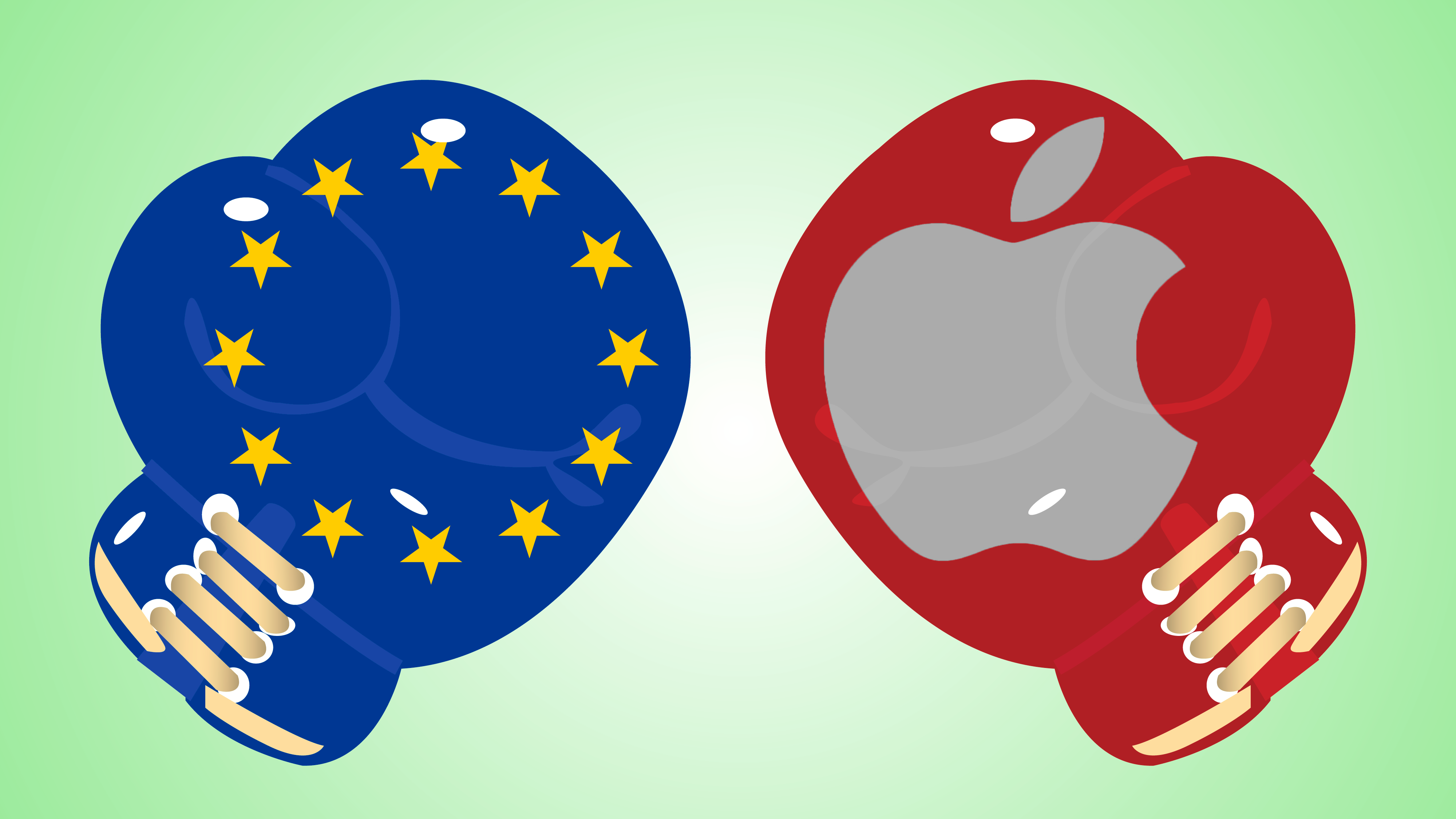
The days of Apple's Lightning connector look set to be numbered, as the European Union edges closer to mandating the USB Type-C standard as the only charging solution for low-power devices permitted in EU member states.
The idea has been around for years, but the rule was officially proposed by the European Commission (EC) in September 2021. Now an EU panel has backed the proposal, paving the way for an assembly vote in May and the directive to be potentially enacted by the end of the year. EU member states will then usually have two years to enact the rules into national law, and manufacturers will have 24 months to change their charging ports.
Read more:
The best iPhone for photography
The best iPhone chargers
The best iPhone charger cables
The best wireless chargers
The best iPhone power banks
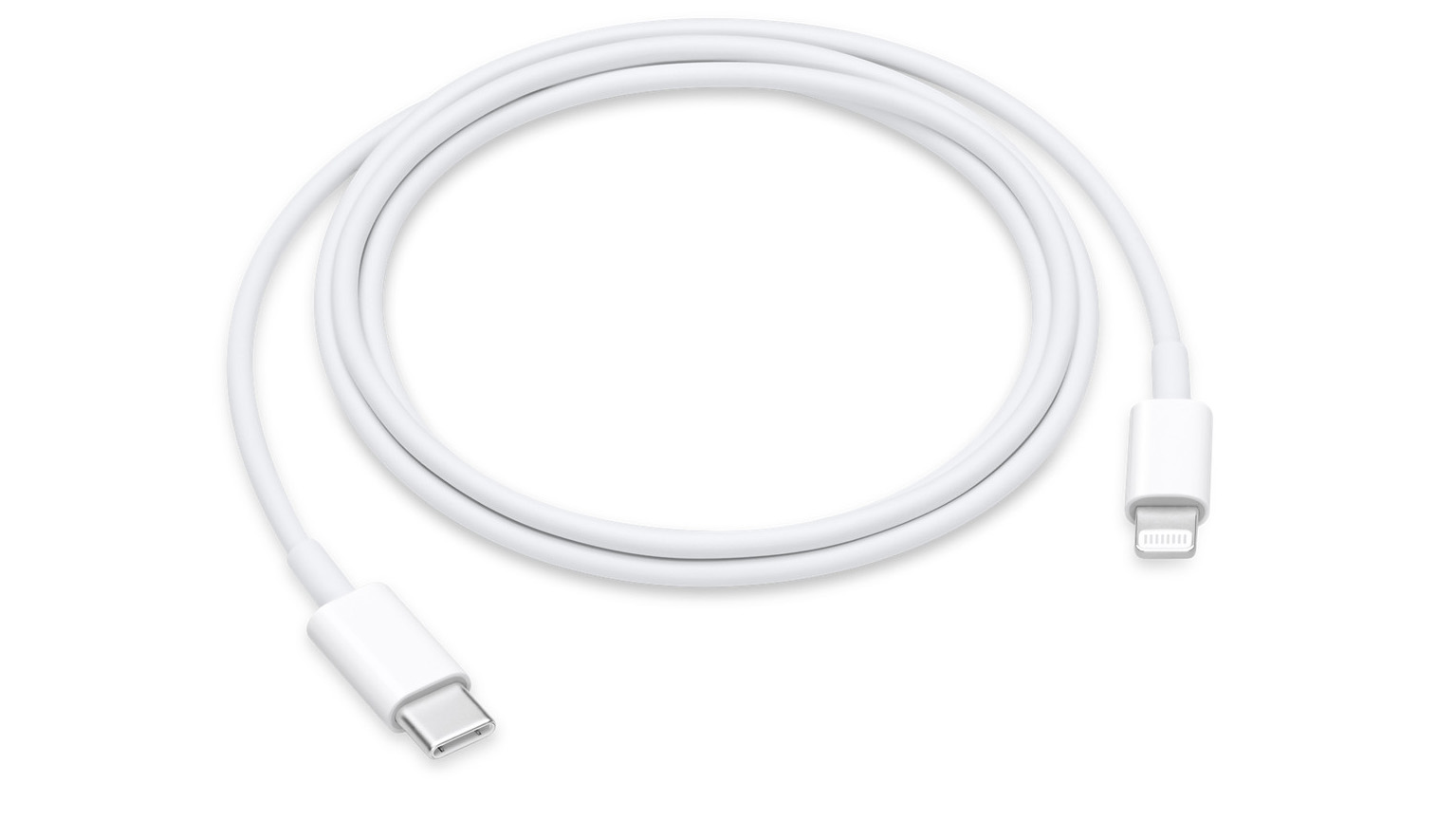
Of course, this will be of little concern to manufacturers of Android phones, which almost all use a USB-C charging port already. However, Apple is predictably opposed to the rule. Its steadfast commitment to the Lightning connector, first introduced back in 2012 with the launch of the iPhone 5, has resulted in a decade-long supply of Lightning-based chargers for multiple generations of iPhones and iPads. Apple claims that if these were to become obsolete overnight, it would result in a huge volume of e-waste, and it asserts that the universal adoption of the USB Type-C connector would 'stifle innovation'. The last objection being a little puzzling, since Apple itself has already moved to the USB-C connector for various iPad and Macbook models.
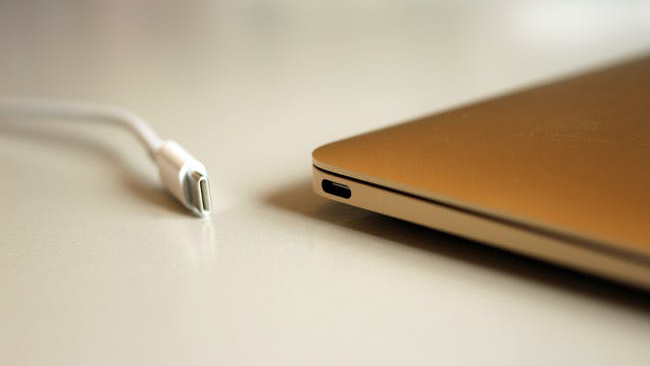
In justifying the attempt to standardize phone chargers, Alex Agius Saliba, who is leading the debate in parliament said:
"With half a billion chargers for portable devices shipped in Europe each year, generating 11,000 to 13,000 tonnes of e-waste, a single charger for mobile phones and other small and medium electronic devices would benefit everyone"
Get the Digital Camera World Newsletter
The best camera deals, reviews, product advice, and unmissable photography news, direct to your inbox!
While the attempt to standardize phone chargers could be viewed as beneficial for charging convenience, we can't help but think the move has come years too late. Rewind to the pre-smartphone era and almost every phone manufacturer would use its own, proprietary charging connector, making the prospect of one single standardised charging solution extremely appealing. But in 2022 with just USB-C and Lightning being the two dominant charging connectors around (now that USB micro-B is all but obsolete), the move to a single phone charging interface is unlikely to be a game-changer.
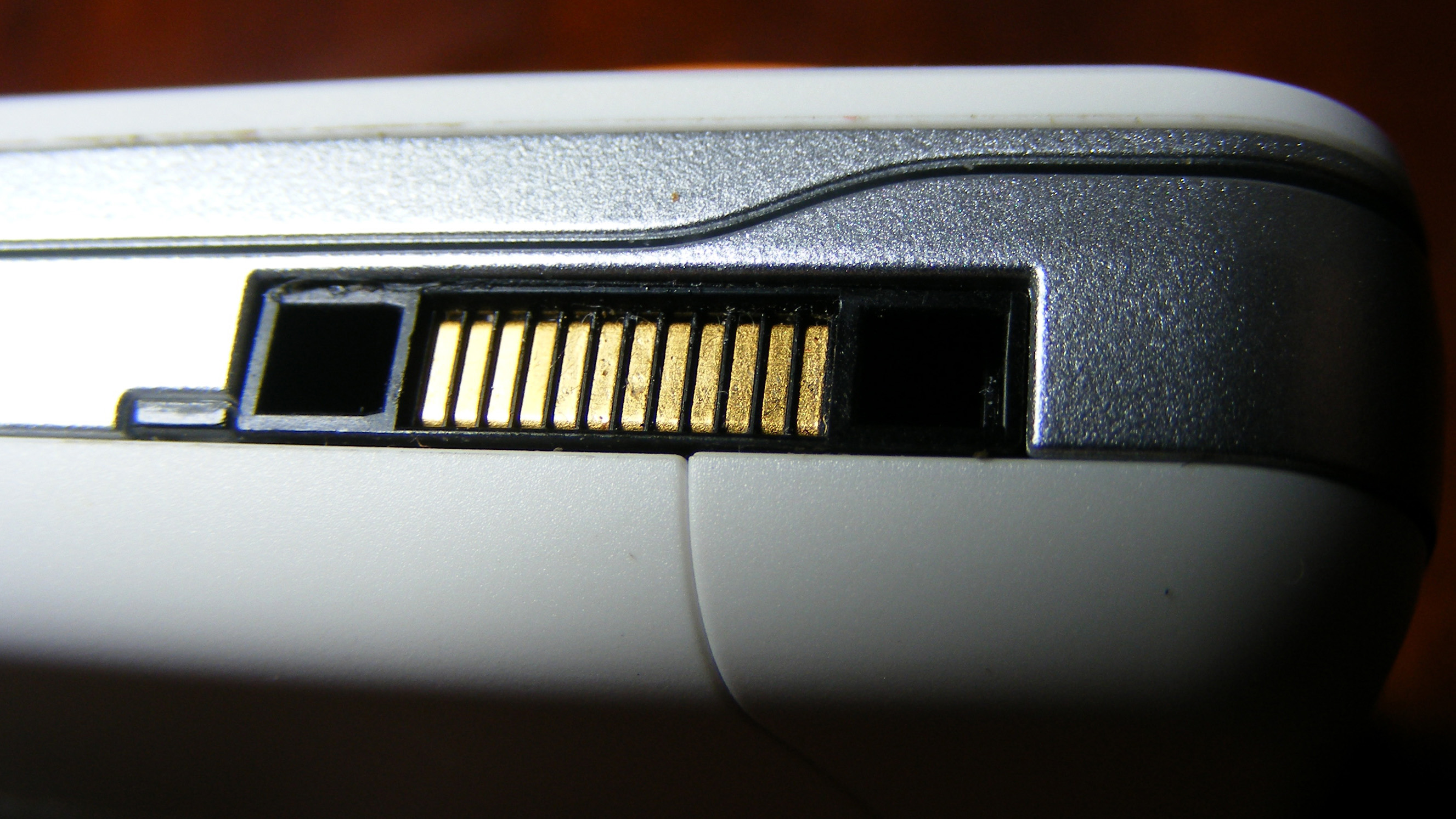
However, it's not only phone chargers which would be subject to the EU's USB Type-C charger standardisation. Tablets, headphones, e-readers, low-powered laptops, keyboards, computer mice, earbuds, smartwatches and electronic toys would all be required to have common USB-C charging interface.
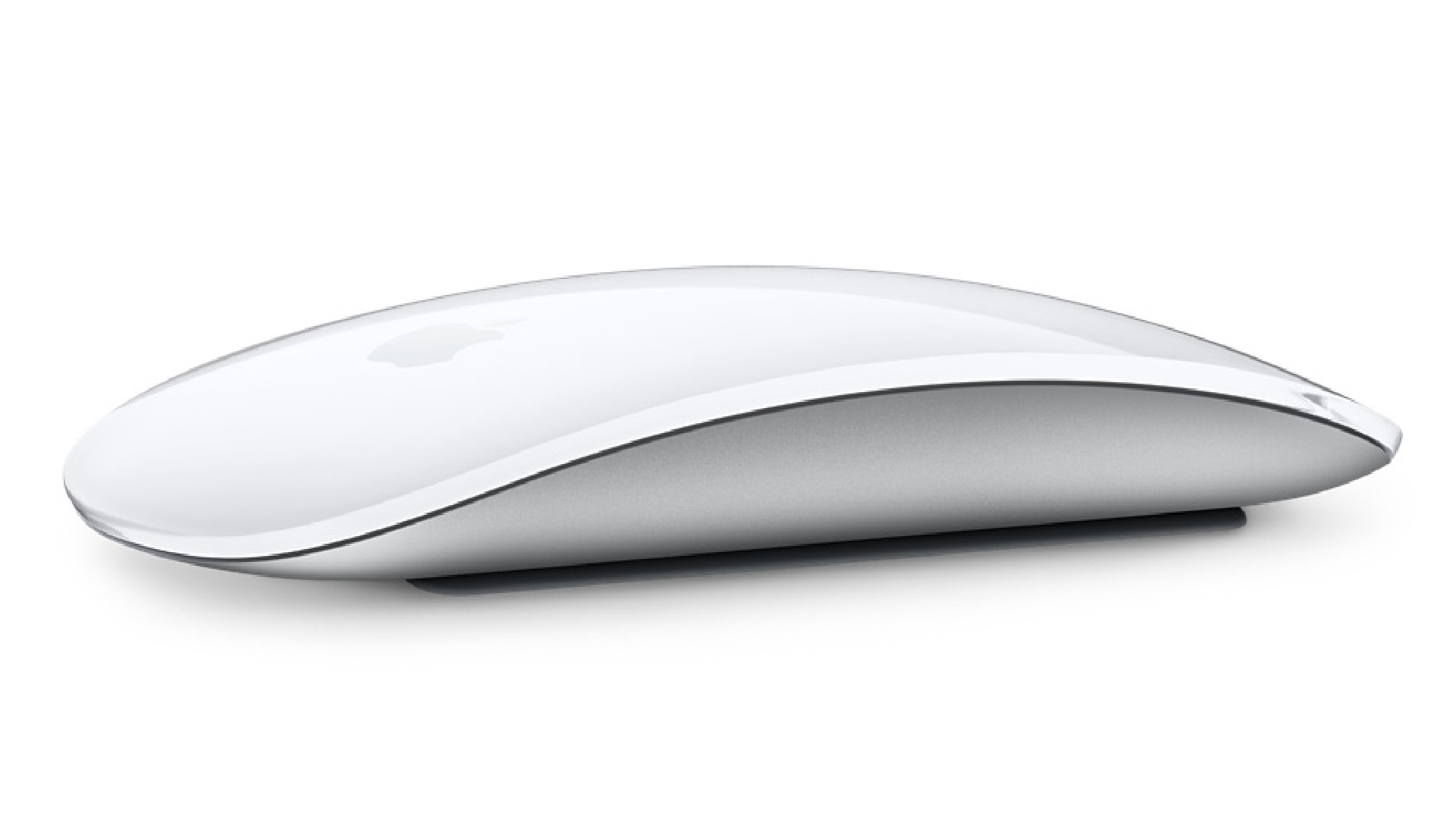
Faced with the collective power of the EU, it's hard to see how Apple can retain the Lightning connector for much longer. But rather than move over to the 'dark side' and adopt USB-C for iPhone charging, it may simply do away with a physical charging port altogether and move exclusively to wireless charging. This would potentially have the added benefit of improving the iPhone's ingress protection, as well providing Apple with additional income as users are forced to to purchase a MagSafe charger.
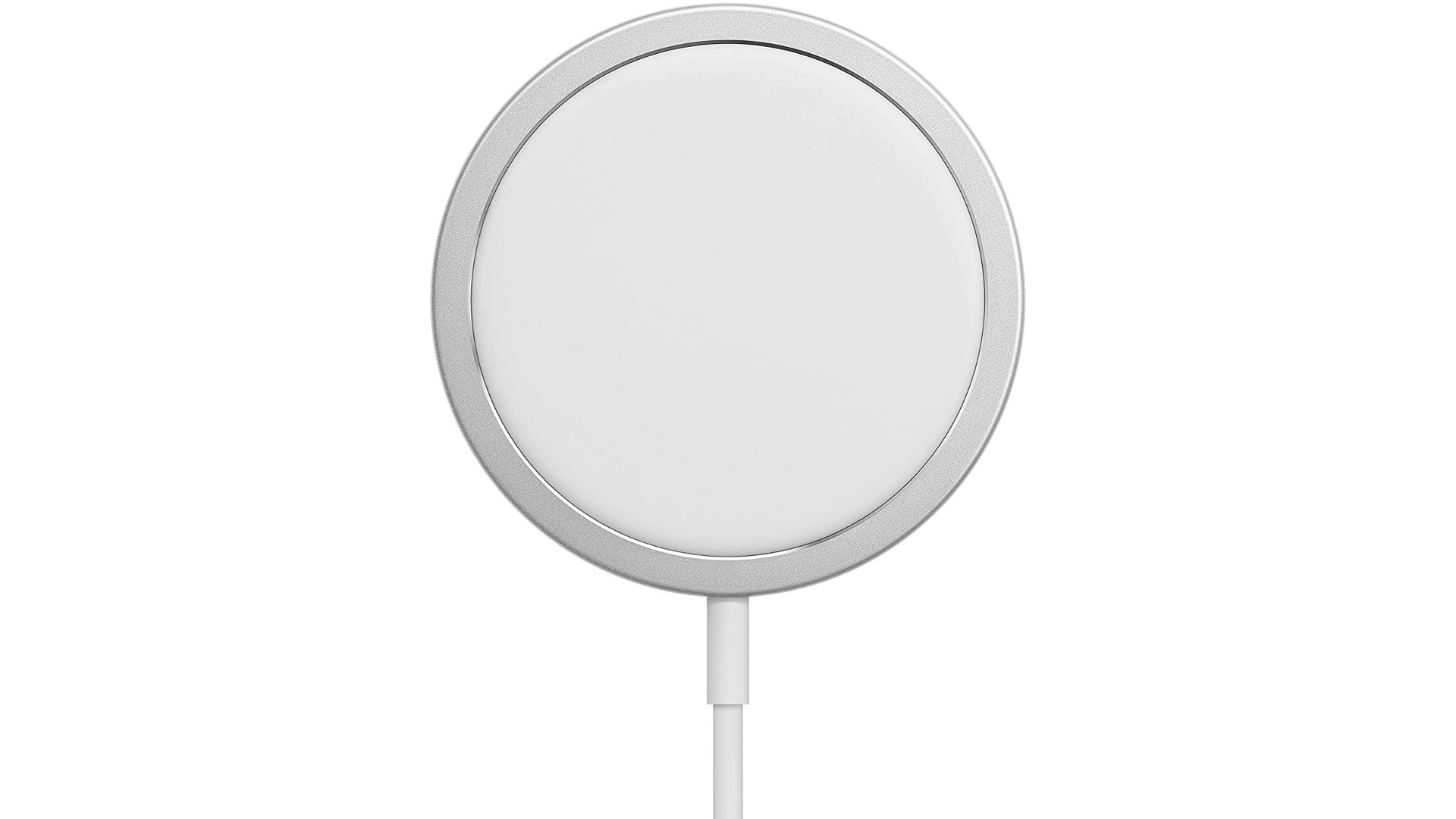
Read more:
iPhone 14: Everything we know so far
Best iPhones for photographers
Best USB-C hubs
Best camera phone
Best budget camera phone
Best camera for TikTok
Best camera for Instagram
Ben is the Imaging Labs manager, responsible for all the testing on Digital Camera World and across the entire photography portfolio at Future. Whether he's in the lab testing the sharpness of new lenses, the resolution of the latest image sensors, the zoom range of monster bridge cameras or even the latest camera phones, Ben is our go-to guy for technical insight. He's also the team's man-at-arms when it comes to camera bags, filters, memory cards, and all manner of camera accessories – his lab is a bit like the Batcave of photography! With years of experience trialling and testing kit, he's a human encyclopedia of benchmarks when it comes to recommending the best buys.

